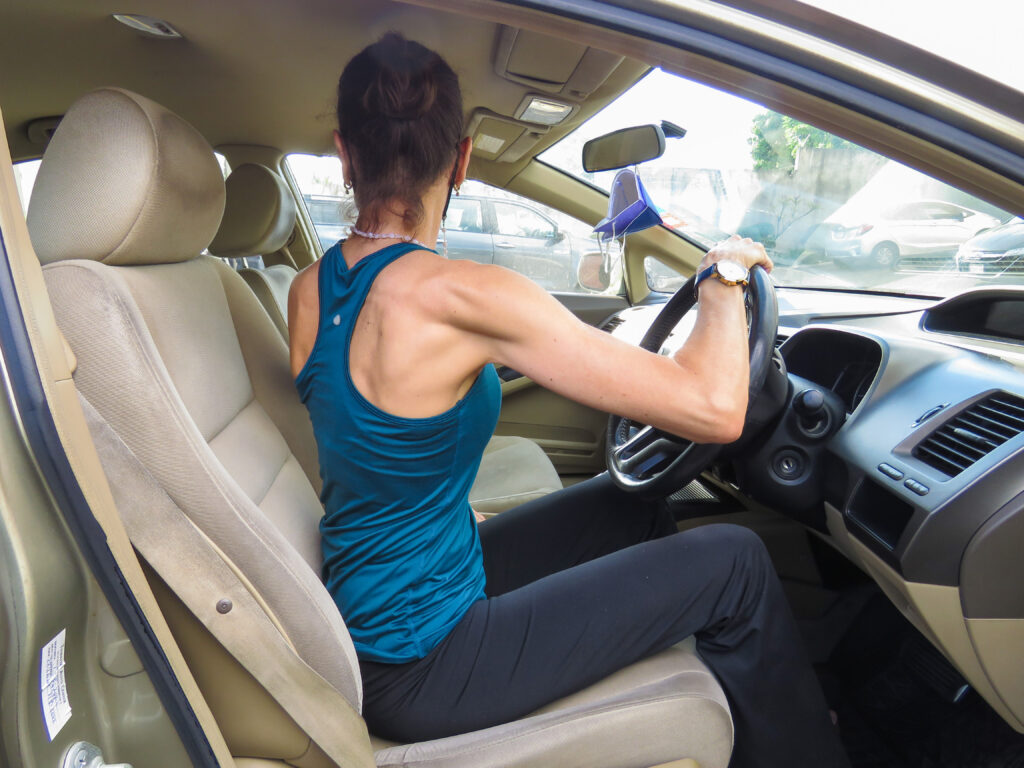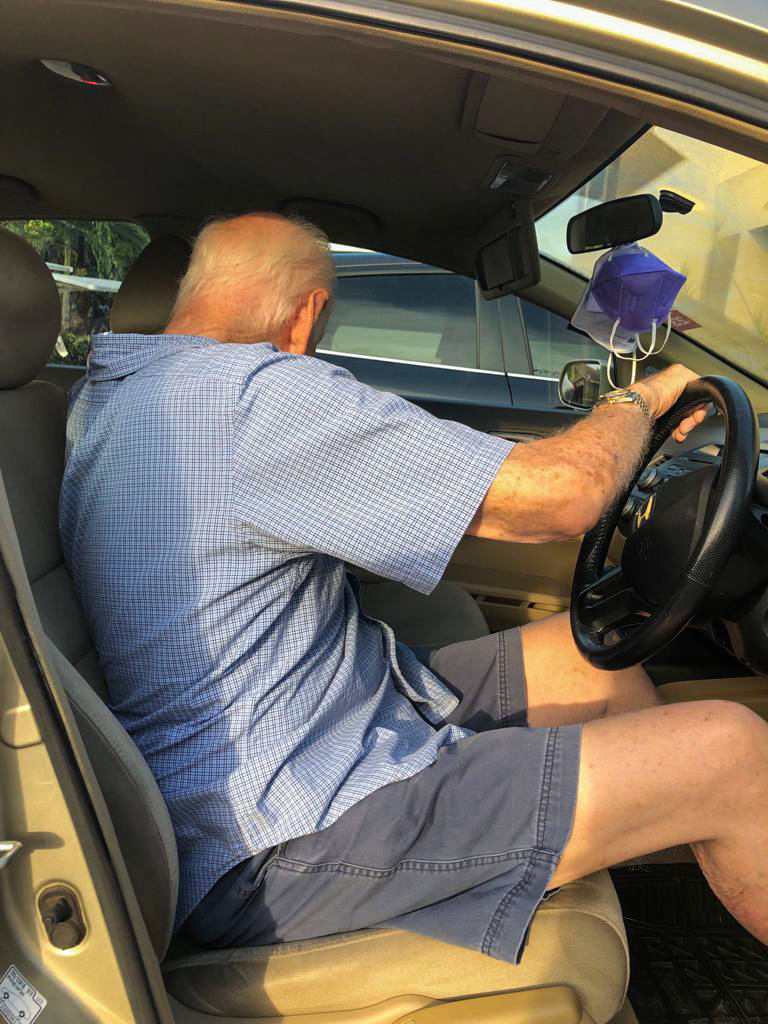If you have been diagnosed with Osteoporosis or osteopenia, although it is common, you will probably need to make some changes to your lifestyle. Most breaks occur in the hip, spine or in the wrist. Besides causing pain, a break can result in ongoing issues; lack of mobility as well as the financial burden due to lost time at work and high medical bills. So how can you start effective prevention measures to keep your bones healthy and perhaps slow or stop the process of bone loss? It’s work, but it’s essential.
Effective Prevention Measures to Keep your Bones Healthy
Let’s start here:
- Two of the necessary dietary components in bone building are:
- Calcium:
Calcium is an important part of the remodeling process that happens in our bones. Bone cells deposit calcium in bone, while others clean away old bone ensuring the structure of the bone remains strong. Not enough Calcium may result in the body taking calcium from the bones for other necessary functions, such as contraction of heart muscle or transmission of nerve impulses. Check-in with your doctor about whether you are getting enough from your diet or if you need supplements. - Vitamin D:
Vitamin D ensures that Calcium is absorbed by the body. We get Vitamin D from sunshine and in our diet, from fish such as mackerel. But it may not be enough. Check with your Doc to see if you have the required amount of Vitamin D, a supplement may be necessary
- Lifestyle Choices:
Eat healthy, including calcium-rich foods, reduce intake of alcohol and if you smoke, Stop.
- Medications:
Discuss this with your doctor and if you are a high risk, get a DEXA Scan done (Bone Density Test). Despite your lifestyle adjustments, you may also need to take medications specific for osteoporosis.
- Exercise:
Strengthen your muscles using resistance, weights, or light impact. Work on improving your balance and your focus. Falls happen when you lose your balance. By becoming stronger and by becoming more attuned to your surroundings, you can help to reduce that risk.
Falls happen when you lose your balance or you develop poor posture.
It is important to keep certain contraindicated movements out of your exercise program, flexion, and extreme twists. However, we do need to learn correct functional movement, so:
Understand the correct way to look behind you in a car:
Click here to determine whether you are at risk for Osteoporosis.


